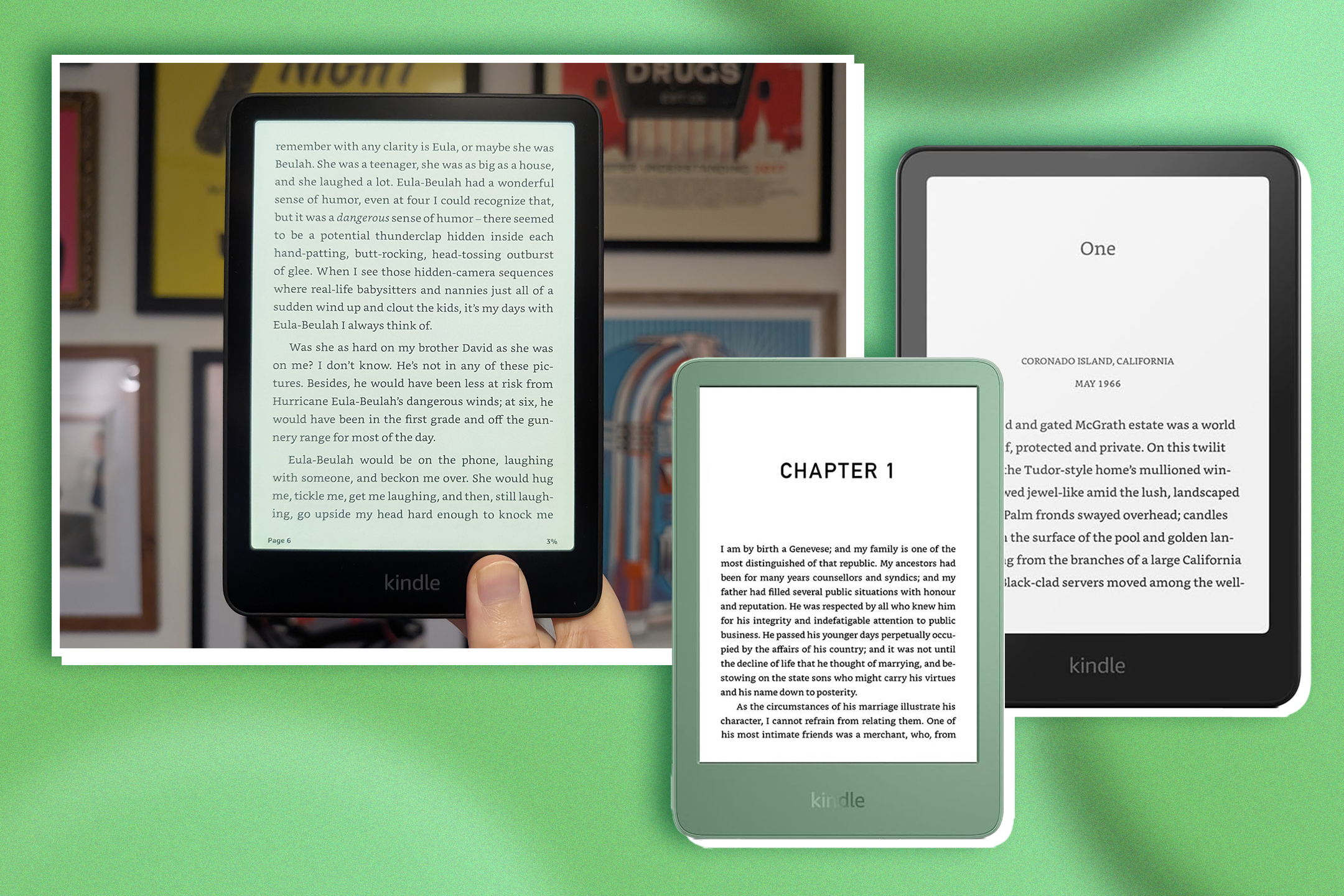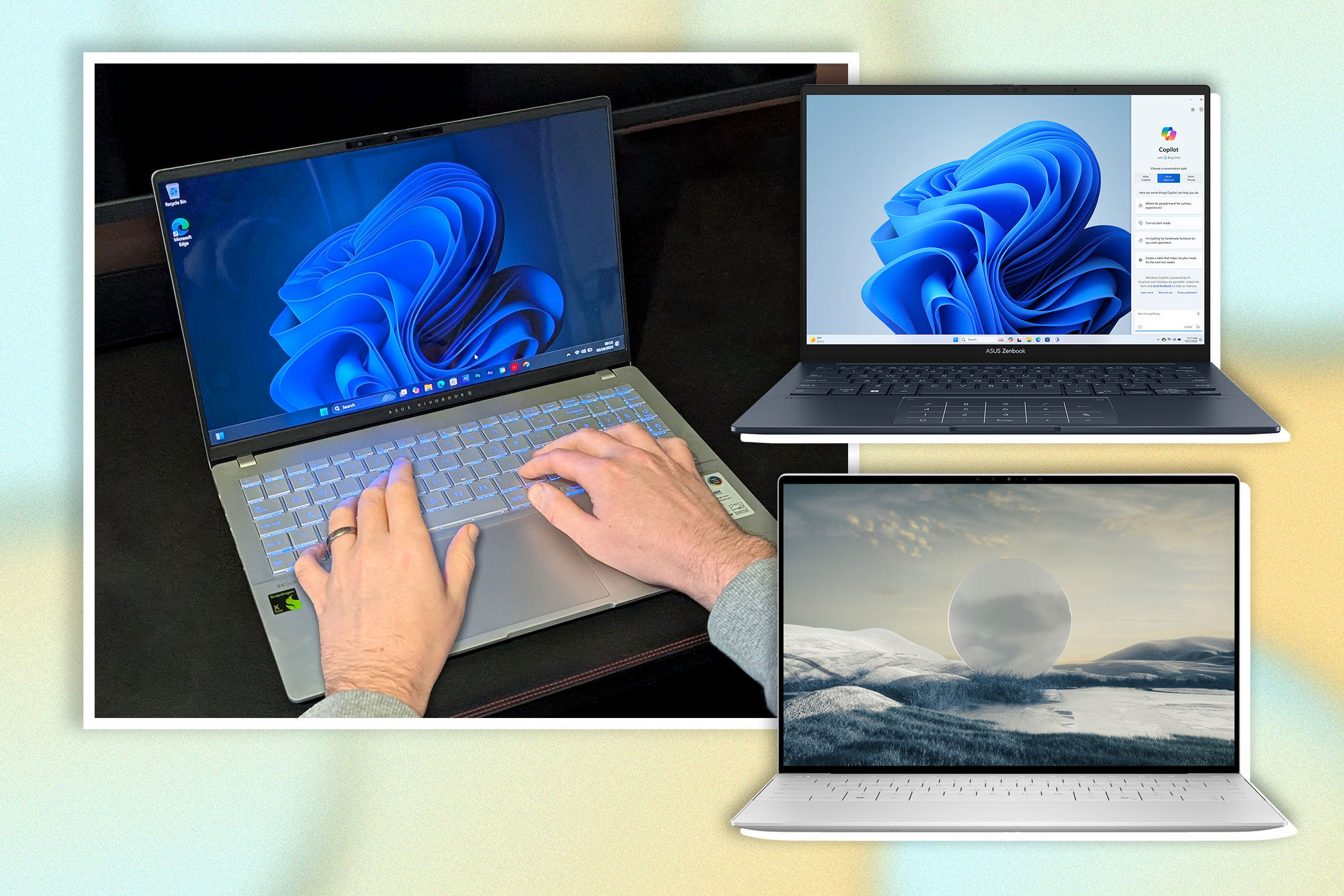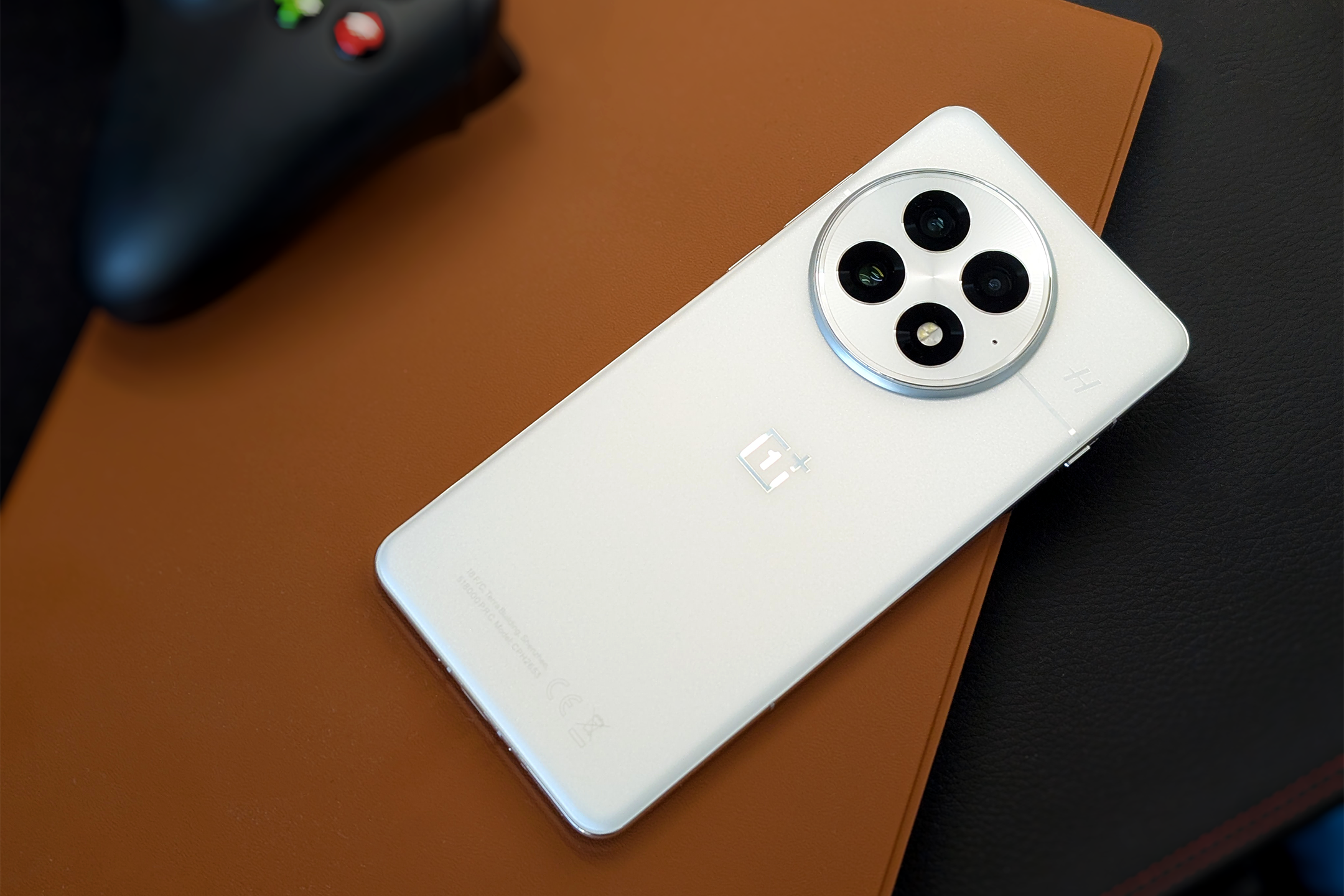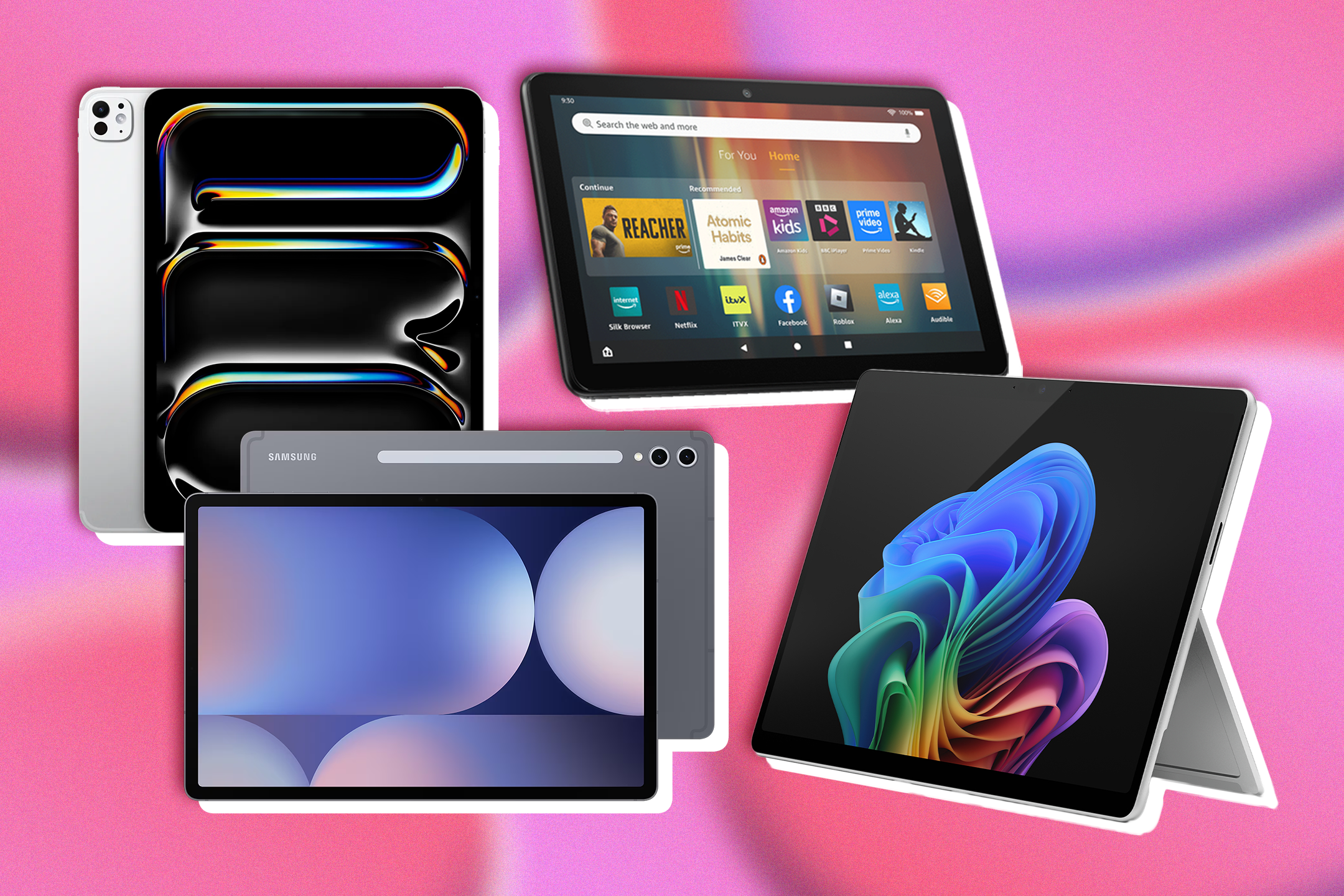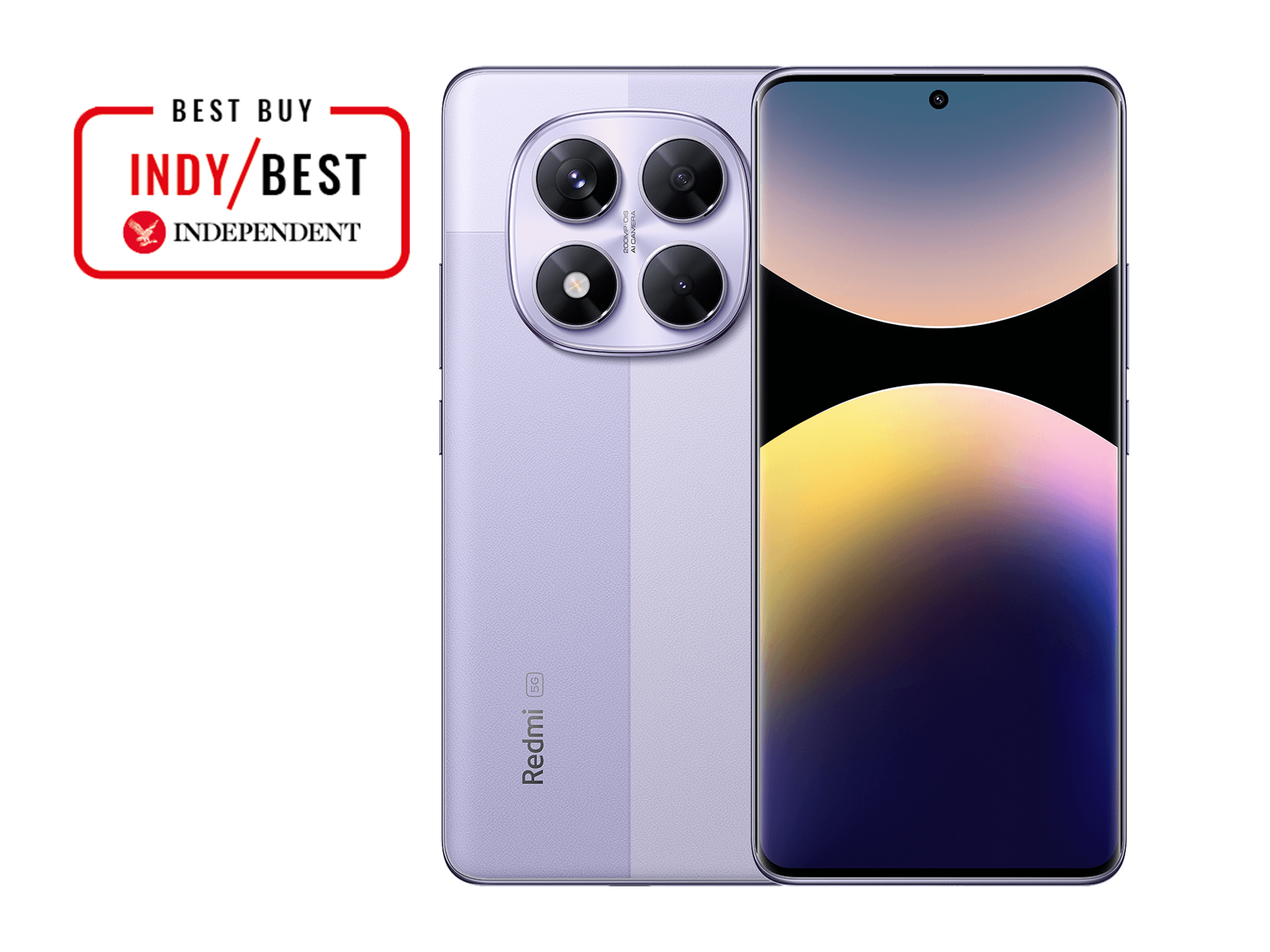
The Independent's journalism is supported by our readers. When you purchase through links on our site, we may earn commission. Why trust us?
7 best cheap phones that prove budget smartphones aren’t rubbish
You don’t need to spend too much to get a great phone. These are our favourites
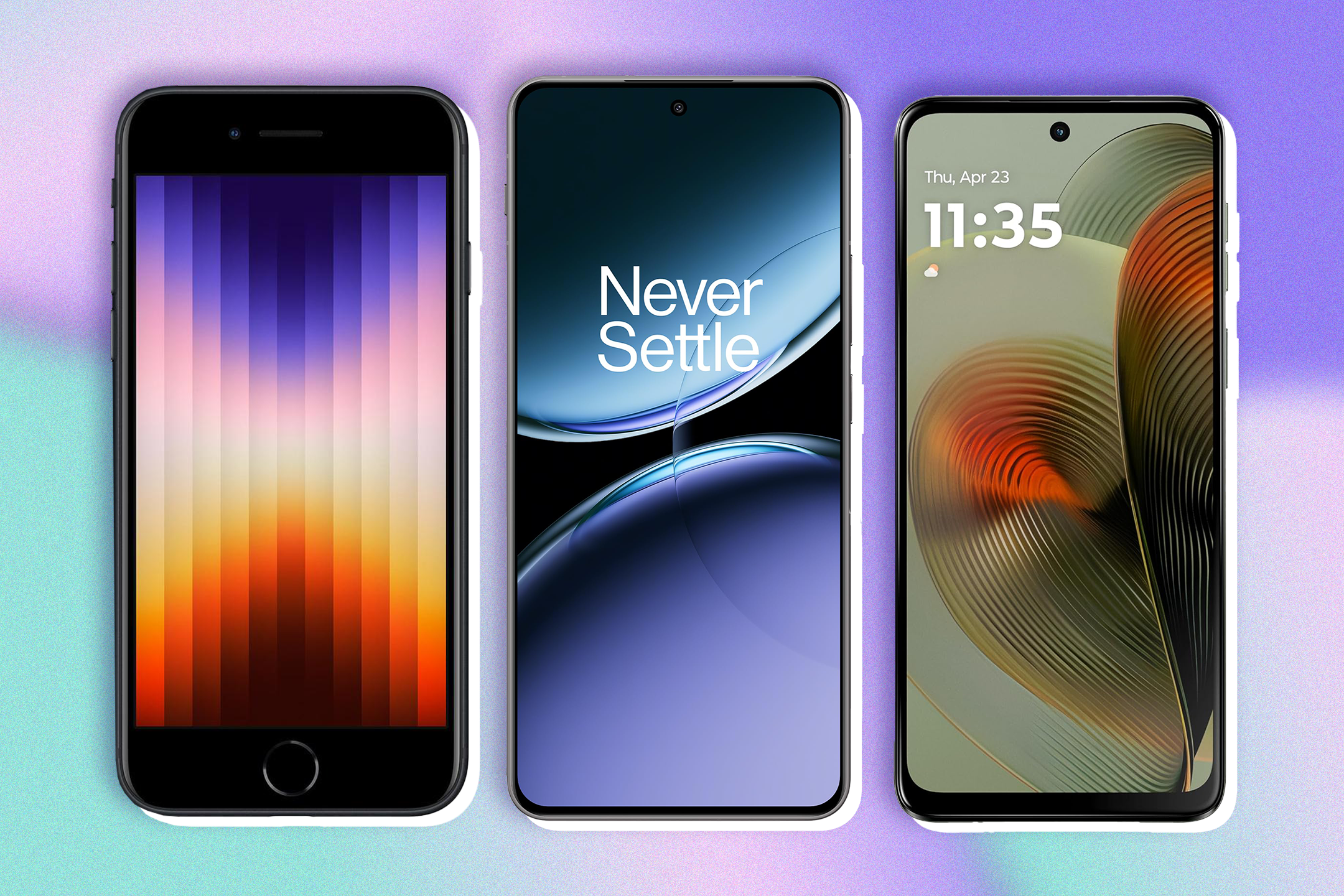
The latest phones from Apple, Samsung and Google tend to grab all the headlines, but it’s at the cheaper end of the smartphone market where competition is most fierce. It’s also where you’ll find the best deals.
Choosing the right budget Android or iPhone depends on how much you’re willing to spend and which features you can live without. You might not need a fancy camera or a pin-sharp 120Hz display, or you might just want a basic phone with giant battery life for calls and texts.
Everyone’s definition of a cheap smartphone is different, so manufacturers produce a wide range of devices to suit most needs and budgets. Samsung makes excellent cheap phones for its A-series, while brands such as Xiaomi manage to cram impressive specs and performance into phones costing less than £200.
Apple, Samsung and Google have even started to offer budget-friendly versions of their top-selling devices. The cheapest iPhone is still more expensive than most cheap phones, but it marks the tech giant’s move towards giving users a more affordable alternative to the latest and greatest iPhone.
Because they use less powerful processors, many cheap phones have better battery life than more expensive devices, meaning you can often squeeze days of use out of a single charge. That makes cheap phones an ideal option for hiking, camping and travelling to places where you might not want to carry an expensive piece of technology in your pocket.
How we tested
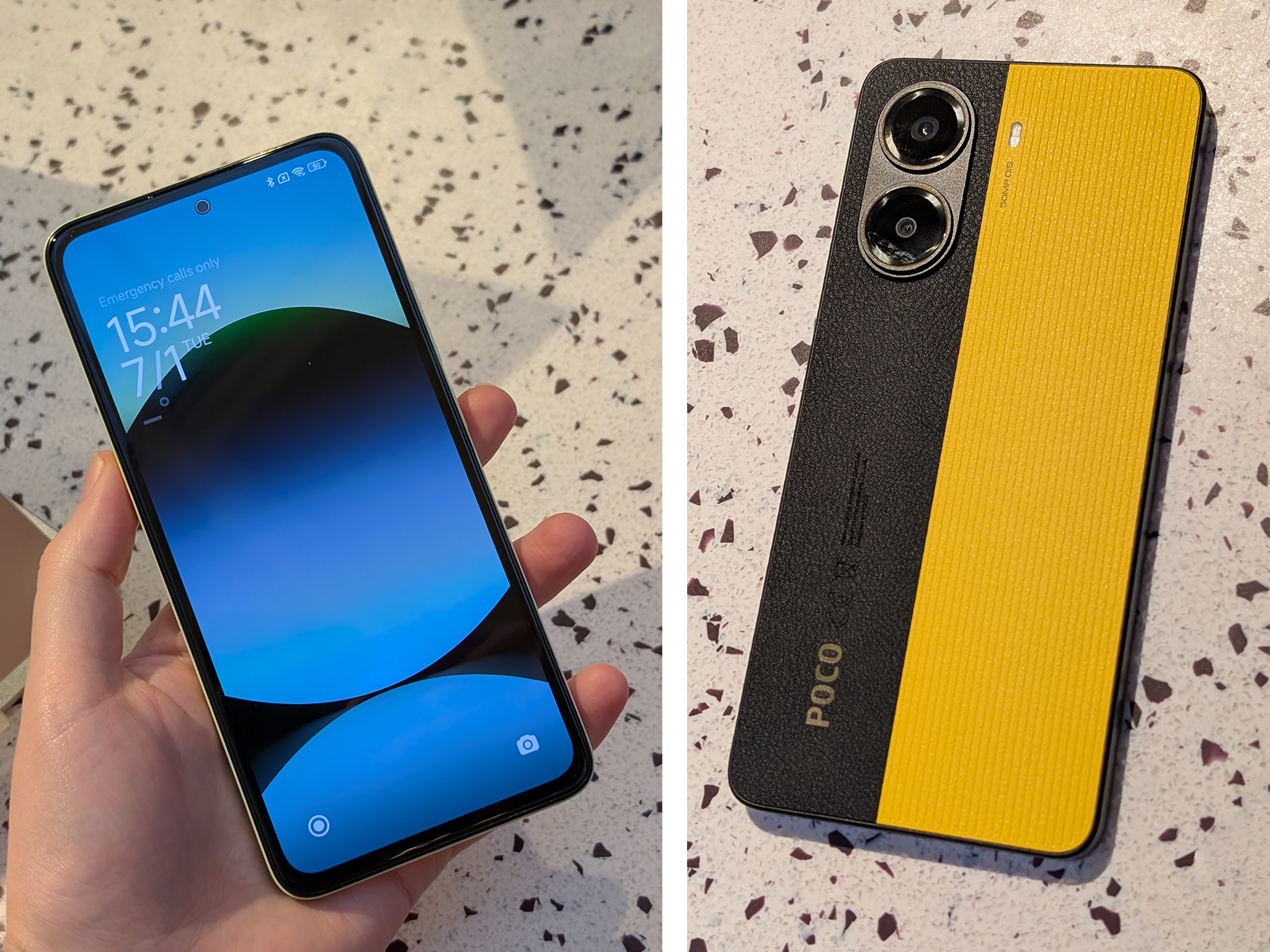
We tested each of the best cheap phones by swapping it out for our normal device and using it as we usually would our regular phone. We paid close attention to how the cheap phones coped with tasks such as messaging, listening to music and podcasts, and churning through social media feeds. We tested each phone’s camera in daylight and at night, and ran high-performance apps such as mobile games, to stress the CPU and test for slowdown and lag.
Why you can trust us
IndyBest thoroughly tests every product we feature to bring you unbiased reviews based on real-world testing, and we only recommend products we think you’ll love. Steve Hogarty is a technology journalist with more than a decade of experience reporting on and reviewing smartphones. His tests are designed to measure each phone’s performance in a wide range of situations and locations, from everyday use to more intensive tasks like gaming and video rendering.
The best cheap phones for 2025 are:
- Best cheap phone overall – Xiaomi Redmi Note 14 Pro 5G: £299, Amazon.co.uk
- Best cheap Samsung phone – Samsung Galaxy A55: £339, Currys.co.uk
- Best cheap Pixel phone – Google Pixel 8a: £349, Amazon.co.uk
Xiaomi Redmi Note 14 Pro 5G

- Best: Overall
Xiaomi continues to impress with its budget-friendly phones, managing to include decent specs, cameras, batteries and displays in devices costing a fraction of the leading flagships.
Launched in 2025, the Xiaomi Redmi Note 14 Pro is no exception. The £299 phone features a crisp 6.67in AMOLED screen with a smooth 120Hz refresh rate, a 200MP main camera with natural-looking post-processing, dynamic range and optical image stabilisation, IP68 dust and water resistance, and a 5110mAh battery that will comfortably go two days with light use.
The thin bezels look great, though the slightly curved body and faux leather material doesn’t exactly scream premium. The software experience isn’t as slick as those of Samsung and Google either, and the phone comes with a bunch of unwanted third-party apps pre-installed – but it’s a worthwhile trade-off for a cheap phone that performs this well.
Samsung Galaxy A55
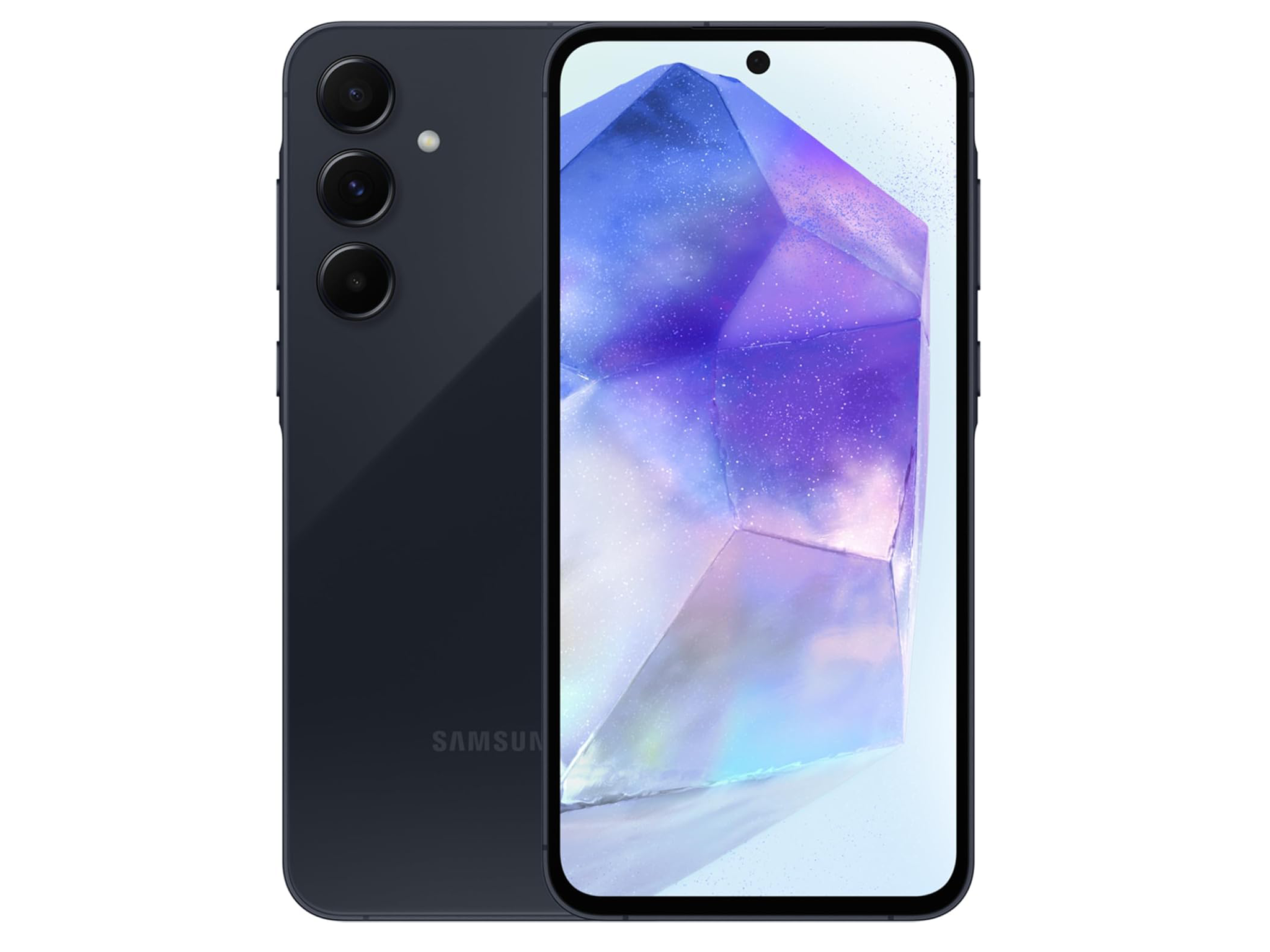
- Best: Cheap Samsung phone
Samsung is best known for its high-end S-series phones, but look to the A-series and you’ll find some excellent mid-range Android phones that won’t break the bank. Not only does the Samsung Galaxy A55 have the look and feel of its more expensive siblings, but it’s excellent value for money.
Included here are features you wouldn’t expect at this price, like a great-looking AMOLED screen with a smooth 120Hz refresh rate and a camera array that produces great pictures thanks to Samsung’s impressive software processing.
Performance and battery life are where the A-series departs from the more expensive Galaxy devices. You won’t notice much slowdown with normal use, or when opening and closing apps, but more processor intensive activities like video clipping, gaming and photo editing are noticeably less speedy compared to Samsung’s premium offering.
Google Pixel 8a
- Best: Cheap Pixel phone
We’re expecting a Pixel 9a to launch in a few months, but until then the Pixel 8a remains the best cheap Pixel phone around, especially as you’ll often find it heavily discounted. The phone takes the most interesting features of the flagship Pixel 8 and Pixel 8 Pro and sticks them into a more affordable mid-range phone, without trimming away too much of the good stuff that makes the Pixel one of the best Android phones you can buy.
That means you’re getting all of those headline-grabbing AI camera features, such as Magic Editor and Best Take, plus the ability to remove background noise from video and translate live between two spoken languages. All Pixel phones enjoy clever software tricks like adaptive battery management, which tracks how and when you use your device to tweak performance and extend the battery life, as well as features like a circle to search, which lets you trace a circle around anything on screen to find it online.
The Tensor G3 chip is still fast, battery-efficient and secure. It also looks great in the new blue and green colourways. In our full Google Pixel 8a review, we called it “one of the best budget phones you can buy”.
Apple iPhone SE (2022)
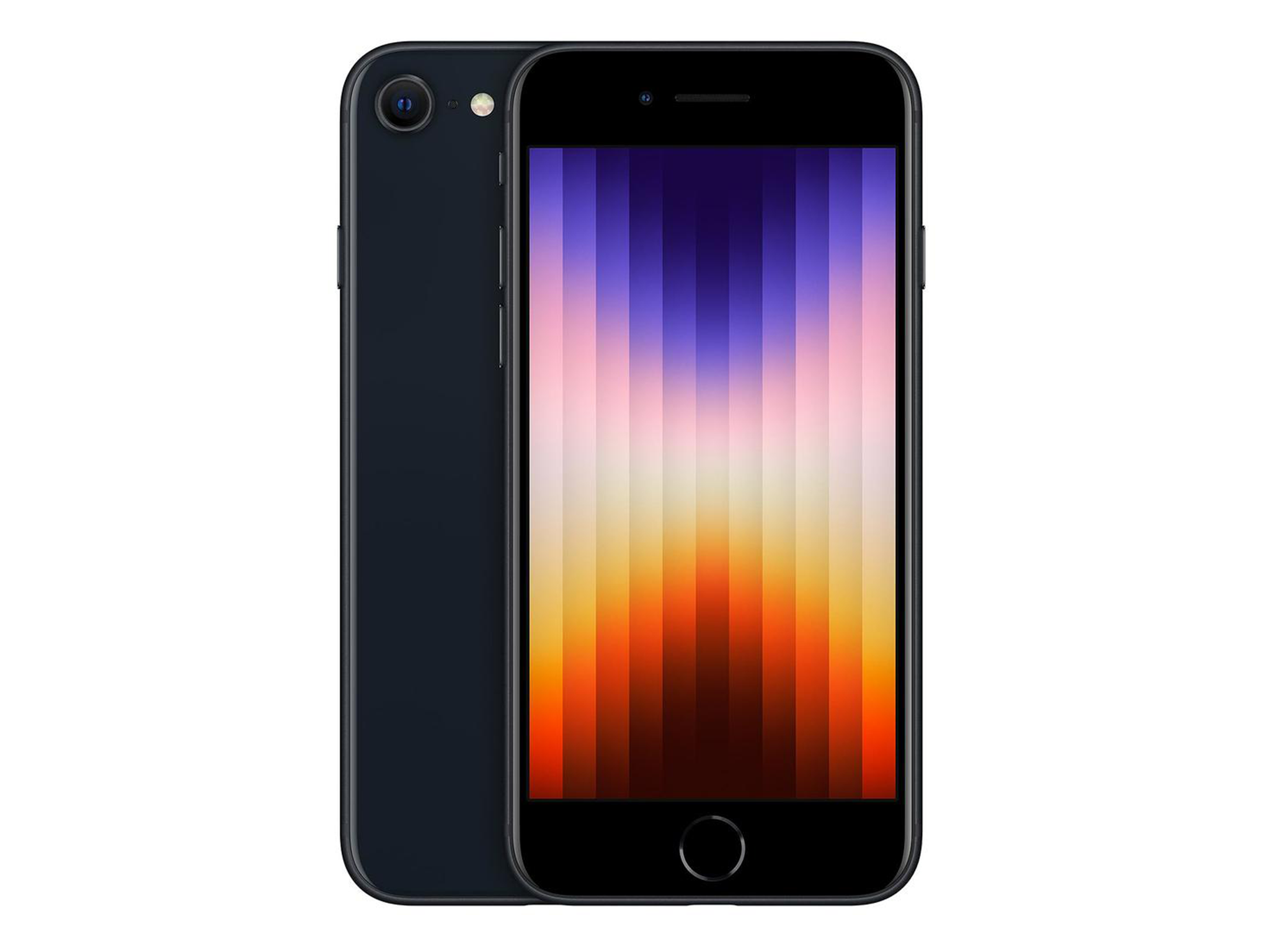
- Best: Cheap iPhone
Heads up, Apple is due to announce the newest iPhone SE any day now, so we’d recommend holding off buying Apple’s cheapest iPhone at least until the latest model – the iPhone SE 4 – arrives.
Apple is an unavoidably premium brand, so it’s no surprise the cheapest iPhone is still the most expensive phone in this list. The iPhone SE is a thin, lightweight 5G device styled after the classic iPhone 8. It has a smaller 4.7in screen that pales in comparison with the more expensive iPhone 14 range, and a physical Touch ID button. There’s no fancy-pants facial recognition here.
Yet, there’s no compromise on camera quality. Although the iPhone SE has only two lenses to work with (that means no true portrait mode, wide angle or optical zoom), it manages to produce excellent photography in all conditions. That’s thanks, partly, to the powerful A15 Bionic chip – the same found in the iPhone 13 mini – which keeps performance high and helps with processing camera output.
Xiaomi Poco X7 Pro
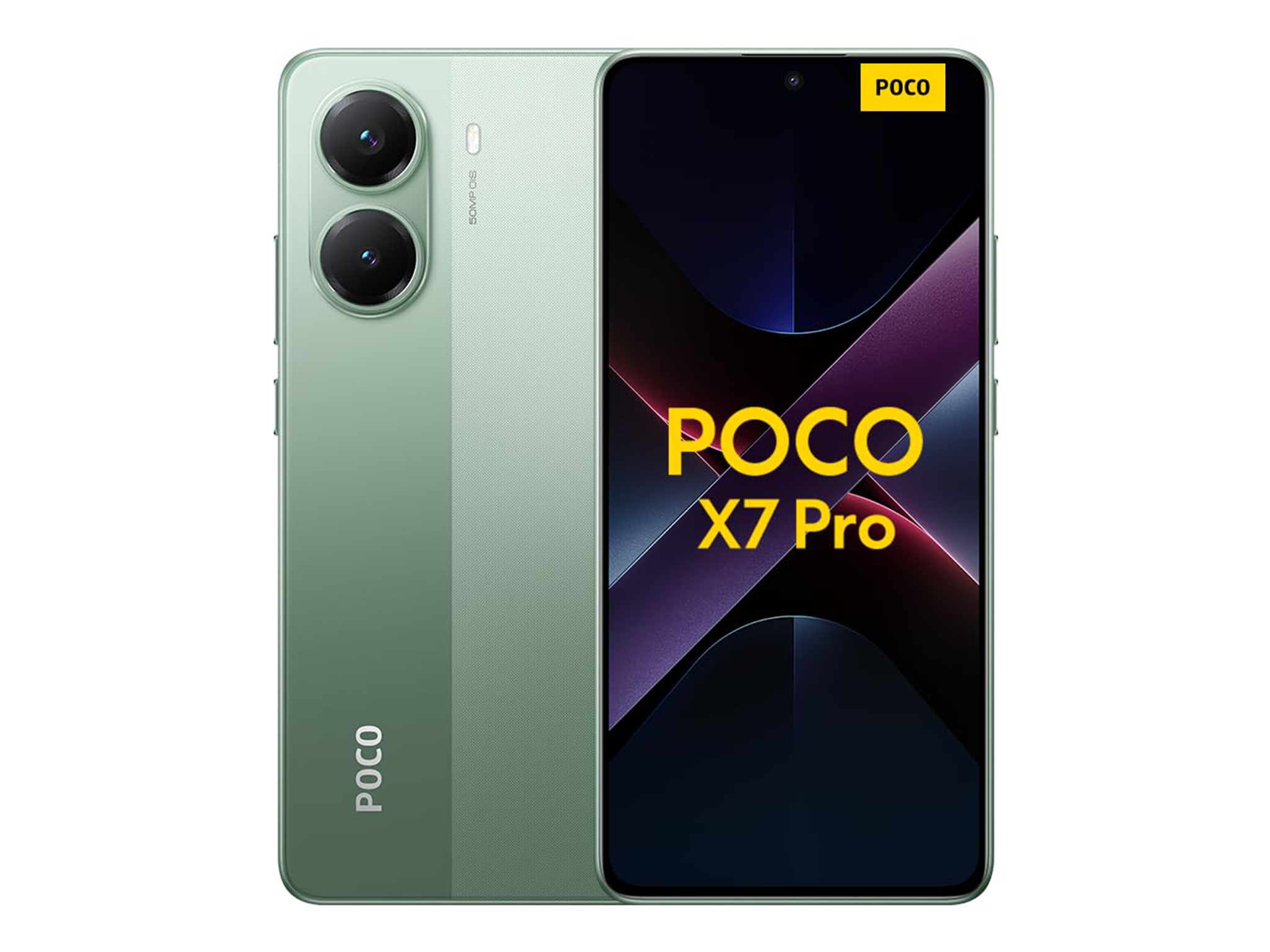
- Best: For performance
The Poco sub-brand is Xiaomi’s gaming and performance-focused, mid-range Android phone. The newest in the series, it launched in January and ticks all the boxes as far as cheap phones are concerned: a big and punchy screen, a long-lasting 6000mAh battery, decent storage for the price and a quick processor to boot.
Camera performance is where the phone keeps its costs down. The 50MP main lens is competent enough that you can point and shoot and expect decent results, but performance drops off in low-light conditions compared to more expensive devices. It’s a reasonable compromise if photography isn’t a priority for you.
The HyperOS software isn’t as slick as the Samsung Galaxy’s OneUI or the streamlined version of Android found on Pixel phones, and the phone comes with a set of pre-installed third-party apps making it feel distinctly cheap out of the box, but there are loads of customisation options so that you can make it feel your own with some tweaking.
OnePlus Nord 4
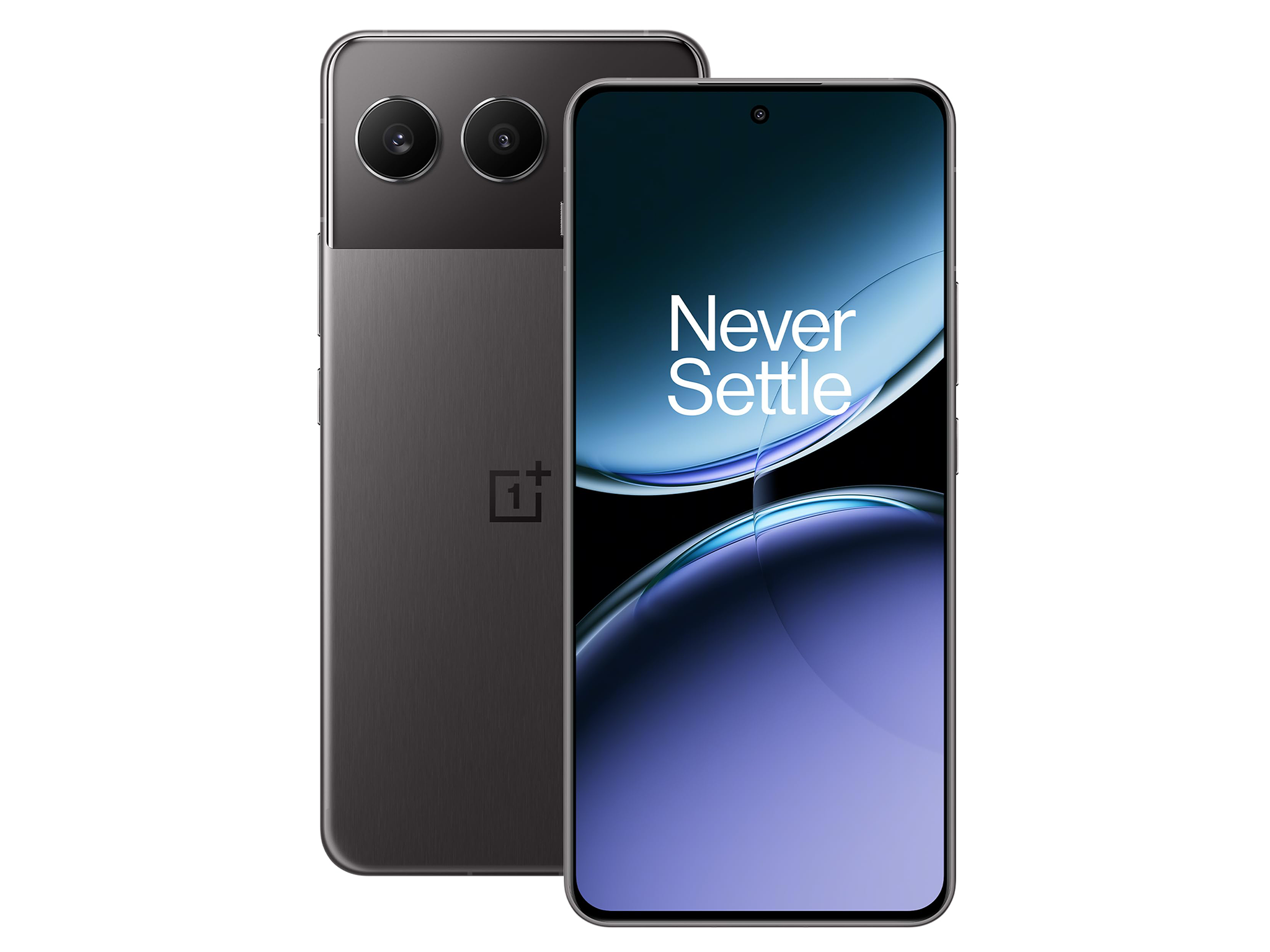
- Best: OnePlus phone
An excellent mid-range Android phone. The OnePlus Nord 4 has a great display, a thin and premium aluminium unibody and an intuitive, streamlined and simple user interface. The cameras are a step below premium phones, but performance is good, battery life and charging speeds are impressive, and you get six years of security updates guaranteed.
A cheaper alternative to the top-end OnePlus 13, the Nord 4 is less than half the price and manages to stand out in a crowded budget Android market. The 6.74in display is bright and vivid, the 50MP camera array produces crisp photography, and the OxygenOS operating system is one of the best you’ll find on any phone at any price.
Motorola Moto G55
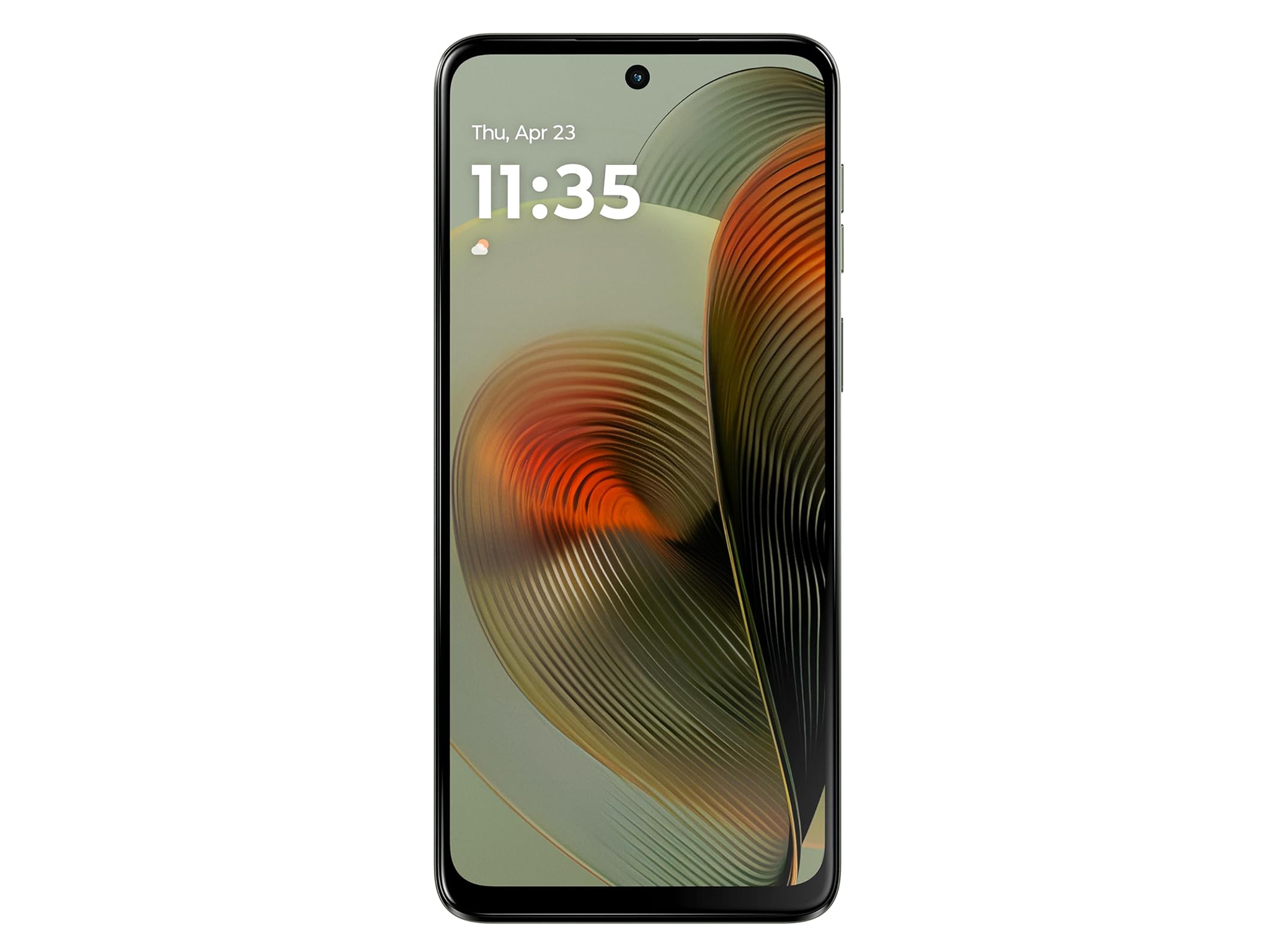
- Best: Phone under £200
Motorola might not be a leading name in phones these days, but the once-dominant mobile brand continues to produce some excellent Android devices at the cheaper end of the spectrum. With the Motorola Moto G55 you don’t get the same fast performance and cameras you’d find in a phone costing five to ten times as much, but the value proposition is here.
Camera quality is where cheap phones really show their limitations, and the Moto G55 is no exception. Camera performance is serviceable, producing average-looking photography, particularly in challenging lighting conditions.
The design is plain and uncontroversial. Some expense has been spared when it comes to the plasticky materials, but the Motorola Moto G55 looks good and boasts a smooth-scrolling 120Hz display. You get some neat premium features like a macro photography mode, plus a 3.5mm headphone jack – a rare feature you won’t find on most phones costing more than a grand.
The verdict: Cheap phones
Our selection of cheap phones ranges from less than £100 to more than £400, so the right phone for you might depend on how much cash you want to spend. For most shoppers, the Xiaomi Redmi Note 14 5G manages to cram top-shelf specifications and a rich, vivid display into an Android phone costing less than £300.
Upgrade your tech with our review of the best laptops, whether you’re working from home or gaming on the go
